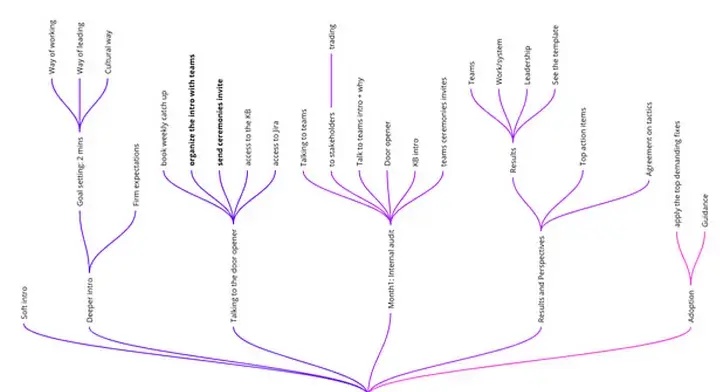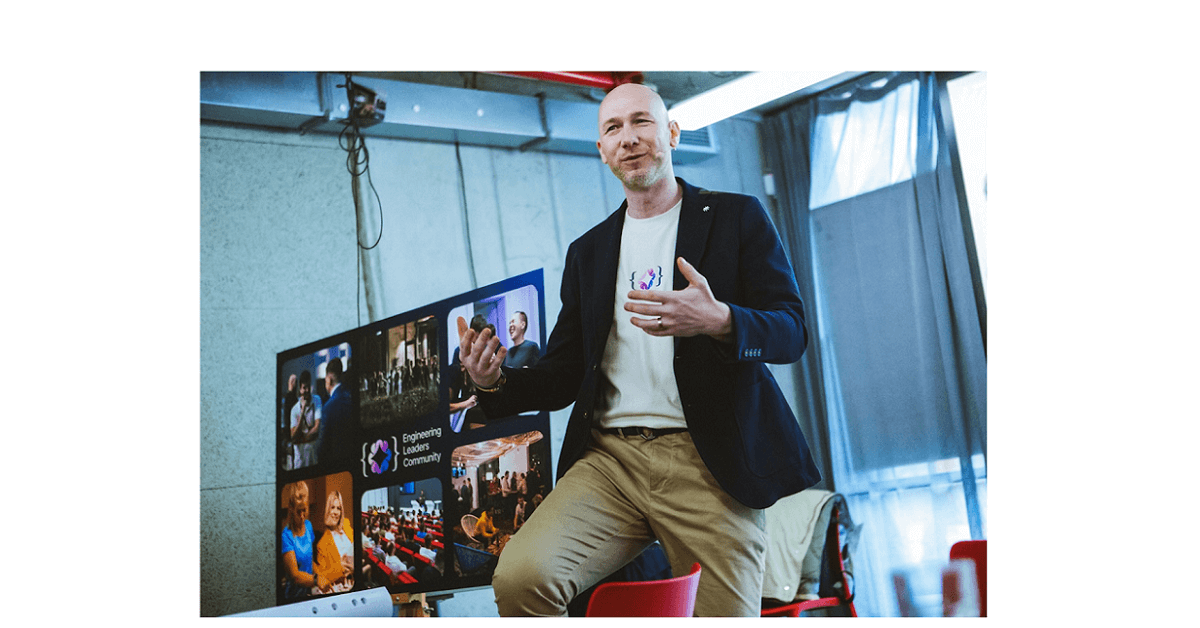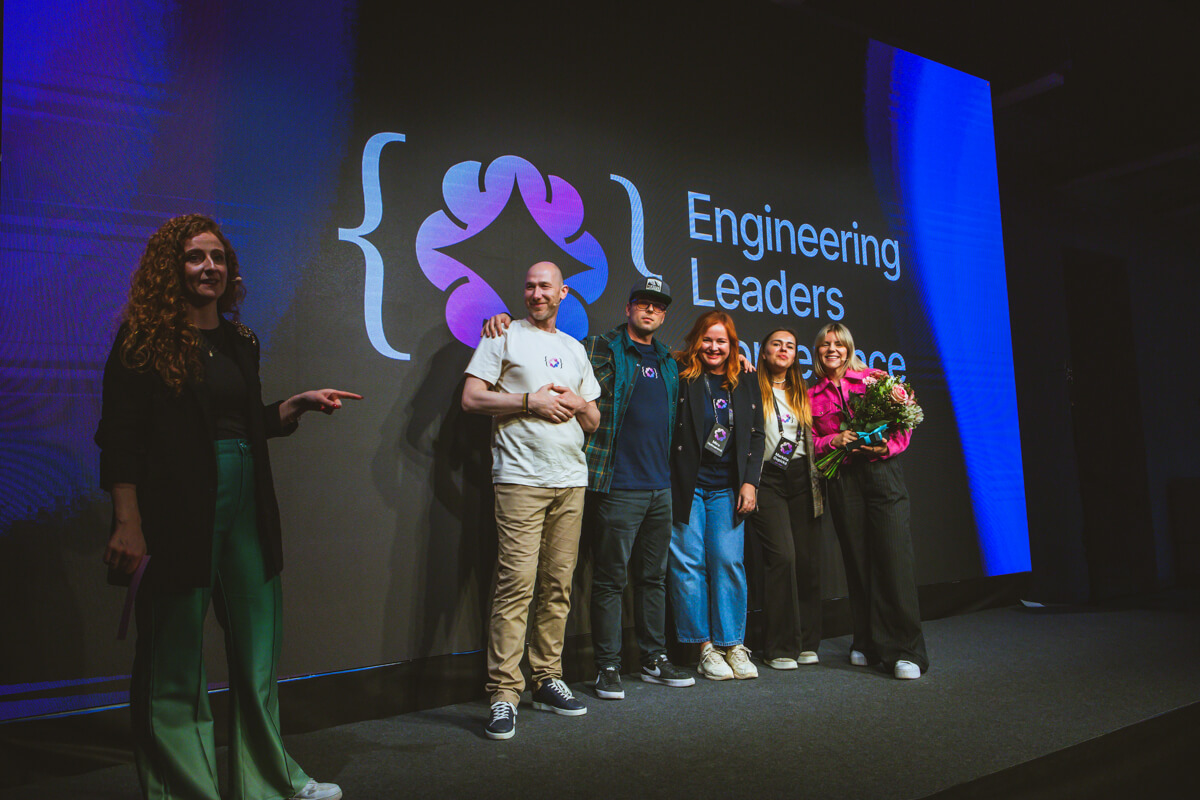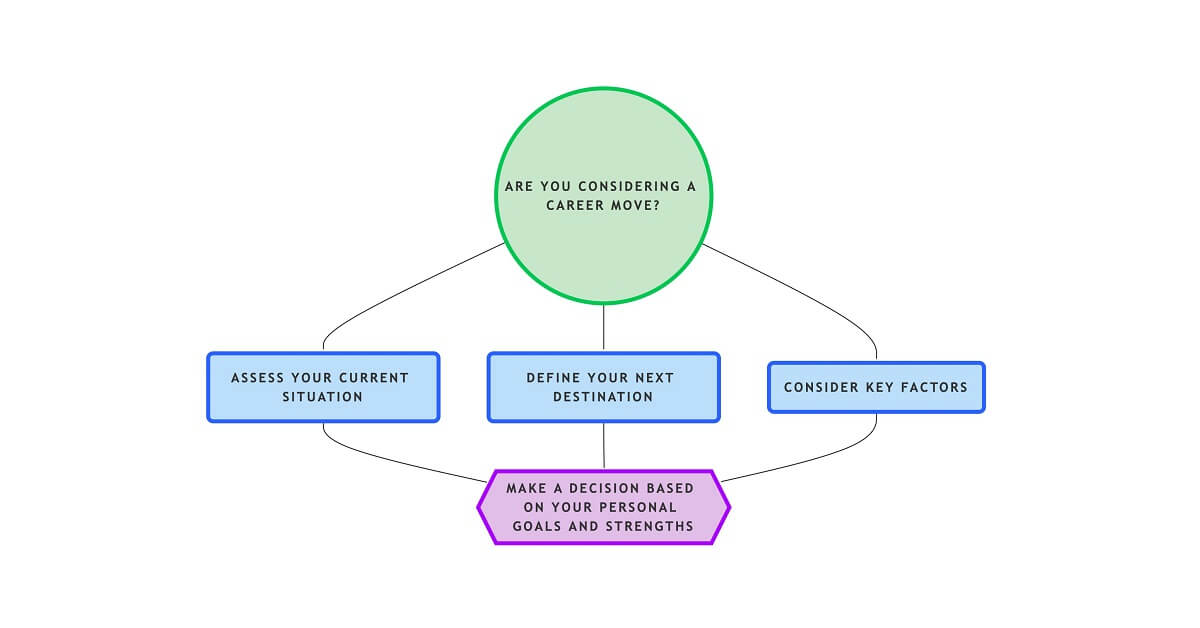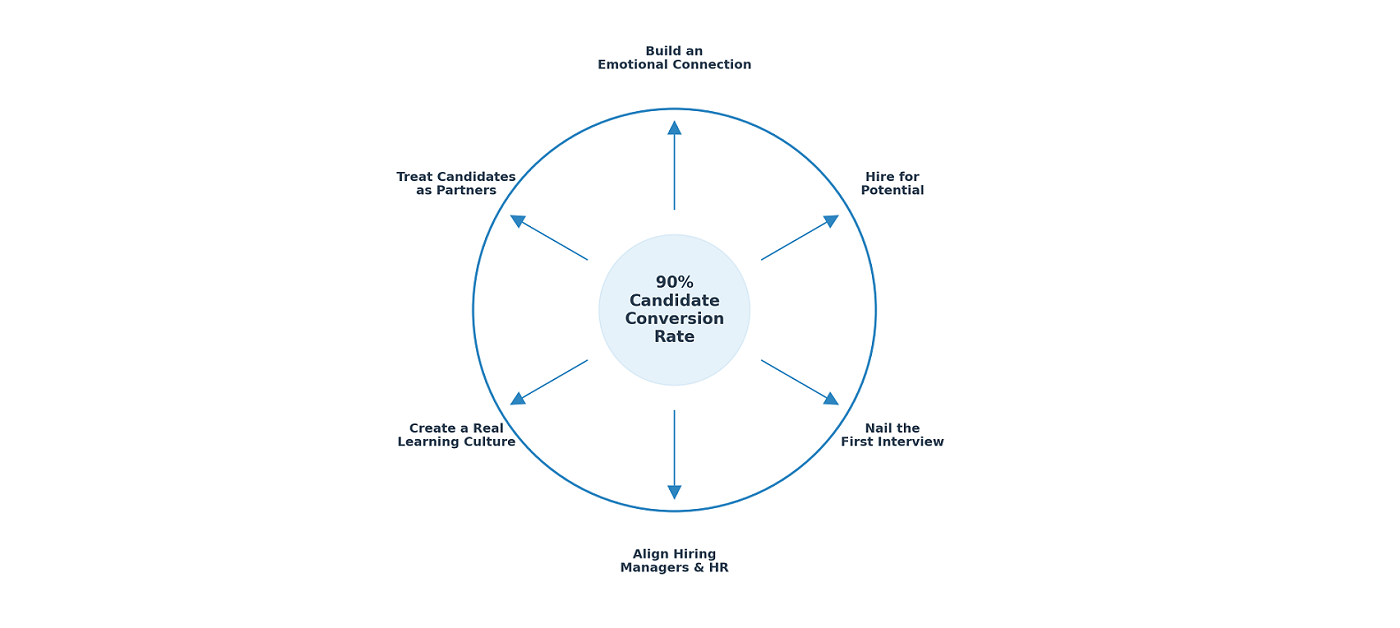Becoming a successful fractional consultant isn’t about guesswork; it’s about implementing a meticulously crafted strategy. Over time, I’ve honed an approach that delivers results continuously.
In this guide, I’ll take you through my step-by-step process, emphasizing the importance of cultivating strong client relationships rooted in transparency, open communication, and collaborative goal achievement.
Step 1: Setting the foundation
To start, set up a 45-minute session with the prospective client company. During this meeting, delve deep into their unique situation, goals, and desired outcomes.
Explore realistic paths and potential constraints. Share your approach (this blog post) and the principles that guide them.
?TIP: Hold back on revealing your rate at this stage. Instead, focus on gauging the time required to achieve their objectives.
Step 2: Strategic preparation
If the client is interested in moving forward, set a formal introduction date. Spend a full day meticulously crafting a proposal using a tool like Miro. Your proposal should cover the starting point, conditions, proposed journey, milestone timeline, and clear outcomes. Additionally, propose the signing of an NDA to safeguard sensitive information.
?TIP: To understand the true goal of your mission, define success indicators with your client that can be measured after the adoption phase.
Step 3: Engaging with stakeholders
Then it’s time to meet with key stakeholders in person for a 90-minute session. This meeting serves several important purposes:
- Reset expectations.
- Dive deep into the problem, exploring all facets.
- Present your roadmap proposal as a set of tactics, including conditions and your definition of success.
- Reiterate your principles and reveal your rate.
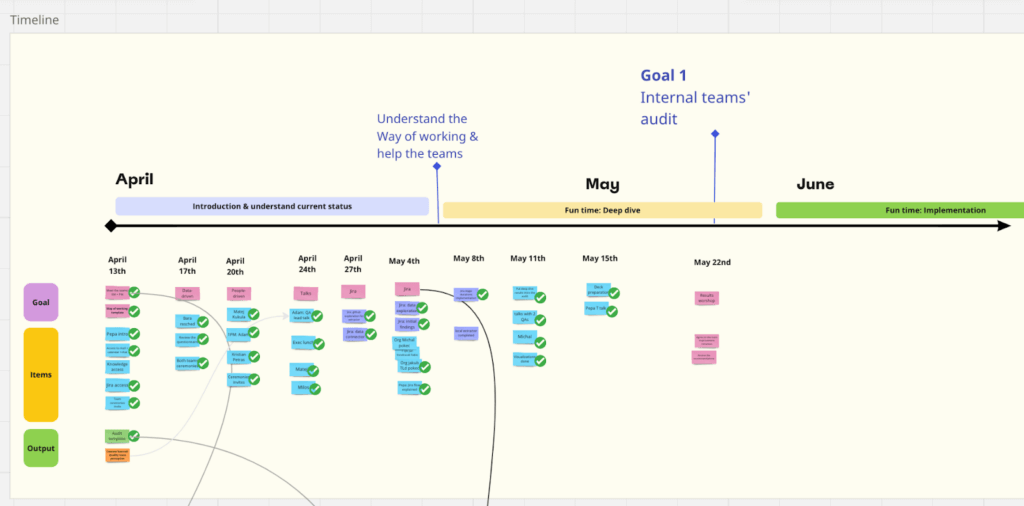
Once you’ve presented your proposal, wait for their response.
?TIP: Offer an informal chat to the person closest to the problem. Why? They often reveal informal expectations, real challenges, and the right people to talk to on the mission. It also demonstrates your genuine interest.
Step 4: Ensuring alignment
Before progressing with the client, ensure alignment on several fronts:
- A clear mission: The issue you’re about to tackle should be tangible and well-defined. Make sure you have the right people on board to support your efforts.
- Unproductive environments: Evaluate whether the client company is conducive to productive work. Avoid getting burned by situations where there’s a lack of product strategy, a tense atmosphere at the top, or inertia (usually due to size). Use these factors as a sort of “health check” before diving in.
- Evaluate if it’s a win-win deal for both you and the client.
Step 5: Setting terms
Once you receive the green light, it’s time to share your terms for ensuring the success of the project:
- Agreement: Mutually agree on your tactics/roadmap, understanding that it may evolve as more details emerge.
- Door-opener: Request a designated “door-opening” person who will introduce you to teams and stakeholders. This person should also schedule weekly 30-minute sessions to discuss project steps in detail and resolve any open questions or risks.
- Tiger team: If necessary, acquire a list of individuals who will assist in achieving the project’s goals. Request that they allocate dedicated time from their daily work (specific day in the week).
- Adoption: Agree on how and to whom improvements will be delegated after your mission concludes. Adoption is crucial. Otherwise, all your efforts might go belly-up in a few weeks, damaging your reputation.
?TIP: For all the people you rely on, ask them to reserve specific time slots in their calendars for project-related work. It’s important to devote time to the project.
Step 6: Sealing commitment
The next step involves either signing a contract or opting for a “Pay as you Go” arrangement with monthly invoicing.
?TIP: Avoid requesting advanced payments, as this can damage initial trust or create a roadblock to moving forward.
Step 7: Building trust
To foster trust, schedule 20-minute introduction sessions with the teams you’ll be working with. Pay special attention to building relationships with these teams through friendly interactions like lunches, coffees, or social outings.
?TIP: Approach individual stakeholders for informal chats; they often share insights that can’t be discussed publicly. Engage with people close to the problem (peers) as they tend to have deeper insights than those on the top or bottom due to the nature of hierarchy.
Step 8: Execution
Establish consistent communication through regular weekly updates via chat or email. Use a Miro board to maintain a public roadmap that keeps all relevant parties informed about the project’s trajectory.
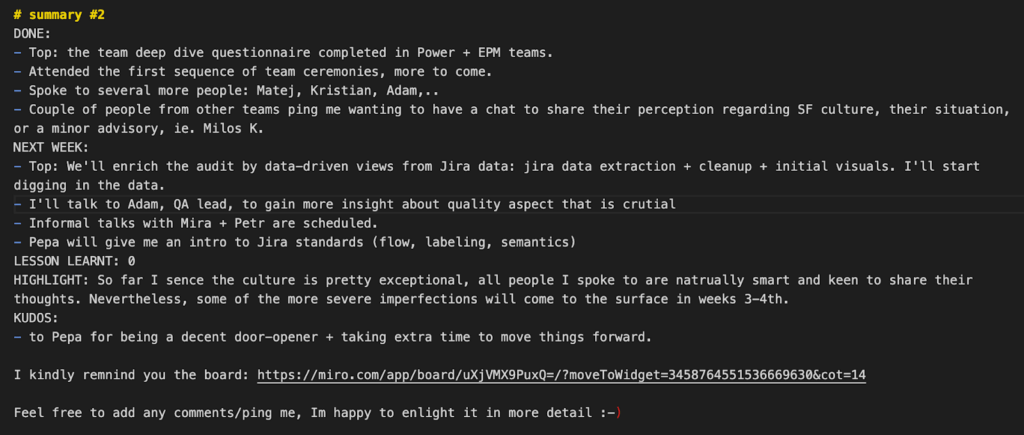
? TIP: Engage skeptics in the process and welcome their feedback, regardless of their initial reactions. Every company has someone skeptical of your efforts. Embrace this as an opportunity to demonstrate your contributions through tangible outcomes and involve them closely to witness the progress firsthand.
Step 9: Transition and adoption
As the project nears its completion, it’s essential to focus on the transition and adoption phase:
- Allocate time for the handover, which may involve documentation, workshops, reviews, and final adjustments.
- Transfer knowledge to a designated torch bearer. This person will carry the torch after you’ve moved on.
- Revisit the definition of success, providing both leading and lagging indicators to measure the project’s long-term benefits.
- For the lagging indicators, emphasize the desired trajectory: We moved from X% to Y% for now, and the desired tendency is to move to Z% in four months.
?TIP: Don’t forget to mark the occasion with a celebratory dinner or drinks to acknowledge the collective effort.
Step 10: Professional standing
Towards the end of the project, consider the lasting impact you want to leave behind. Think about what stories people will keep talking about after you’re gone. Each project provides an opportunity to:
- Gather positive feedback that can boost your professional reputation. At a minimum, ask for a testimonial.
?TIP: Request permission to create a potential case study that you can publish to showcase your expertise. Alternatively, run a meetup with the client or do a podcast.
Guiding principles
Throughout the process, I’ve found it best to stick to three core guiding principles. I sell these principles early on in client engagement to help differentiate myself from other consultants.
- Transparency: Provide regular weekly updates to stakeholders through group chats or email. Share what’s been accomplished, what’s currently in progress, what’s planned for the upcoming week, any potential risks, and your observations.
- Openness: Always say how things really are. No diplomacy or sugarcoating. Being clear and straightforward with your insights, even if it might surprise or upset some people, helps get the message through. In my experience, true leaders appreciate honesty over attempts to sound more reassuring and hide the truth between the lines.
- Continuous improvement: If a client brings up a novel situation, dig deep to understand it. Conduct thorough research, keep detailed notes, and continuously seek ways to enhance your approach. By embracing new situations as learning opportunities, you’ll be more prepared when a similar topic comes up again in the future.
Lessons learned
Based on my experiences, here are some important lessons I’ve learned:
- Don’t start from the middle. Take the time to really get to know the client from the ground up. Beyond the immediate assignment, gaining insights into the business, vision, and scope and having informal chats with stakeholders can significantly improve your effectiveness.
- Minimize context-switching. Focus on one improvement initiative at a time to achieve the best results. However, occasional, mini-parallel missions are acceptable.
Closing
Every step of this battle plan, from initial introduction to final execution, is interwoven with strong relationship-building and consistent communication.
By centering your approach around these principles and maintaining a commitment to transparency, openness, and continuous improvement, you can establish transformative partnerships, deliver tangible results, and leave a legacy of positive change.
Mission
The more we help to raise first-time engineering managers in our ?? territory, the faster we elevate local companies and the talent ?, getting us on par with software citadels like Berlin ?? or London ??.
About Marian Kamenistak
Marian provides coaching and mentoring to engineering managers and leaders across various levels, helping organisations to succeed in building products.
Stay tuned for the next post! ?
